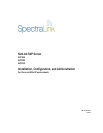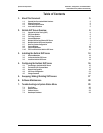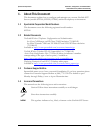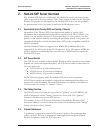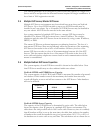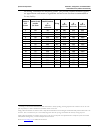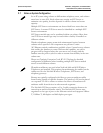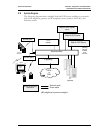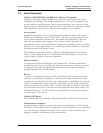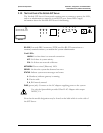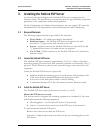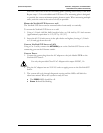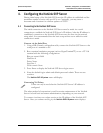
SpectraLink Corporation Installation, Configuration, and Administration
NetLink SVP Server (within IP environments)
PN: 72-0178-01-F.doc Page 8
the Erlang
1
calculation for telephony traffic. The possible installed handsets figures
are approximate and meant as a guideline and not as an absolute recommendation
for any facility.
Possible installed handsets
Number of
SVP
Servers
Number of calls
possible
per Server
Total possible
installed handsets
@
100% in
active calls
Erlang
@
10% in
active calls
@
15% in
active calls
@
20% in
active calls
1 80 80 65 500 433 325
2 64 128 111 1000 740 555
3 60 180 160 1500 1067 800
4 58 232 211 2000 1407 1055
5 57 285 262 2500 1747 1310
6 56 336 312 3000 2080 1560
7 56 392 367 3500 2447 1835
8 55 440 415 4000 2767 2075
9 55 495 469 4500 3127 2345
10 55 550 524 5000 3493 2620
11 55 605 578 5500 3853 2890
12 54 648 621 6000 4140 3105
13 54 702 674 6500 4493 3370
14 54 756 728 7000 4853 3640
15 54 810 782 7500 5213 3910
16 54 864 836 8000 5573 4180
1
An Erlang is a unit of telecommunications traffic measurement. Strictly speaking, an Erlang represents the continuous use of one voice
path. In practice, it is used to describe the total traffic volume of one hour.
Erlang traffic measurements are made in order to help telecommunications network designers understand traffic patterns within their voice
networks. This is essential if they are to successfully design their network topology and establish the necessary trunk group sizes.
Erlang traffic measurements or estimates can be used to work out how many lines are required between a telephone system and a central
office (PSTN exchange lines), or between multiple network locations.
Please visit www.erlang.com
for additional information.



